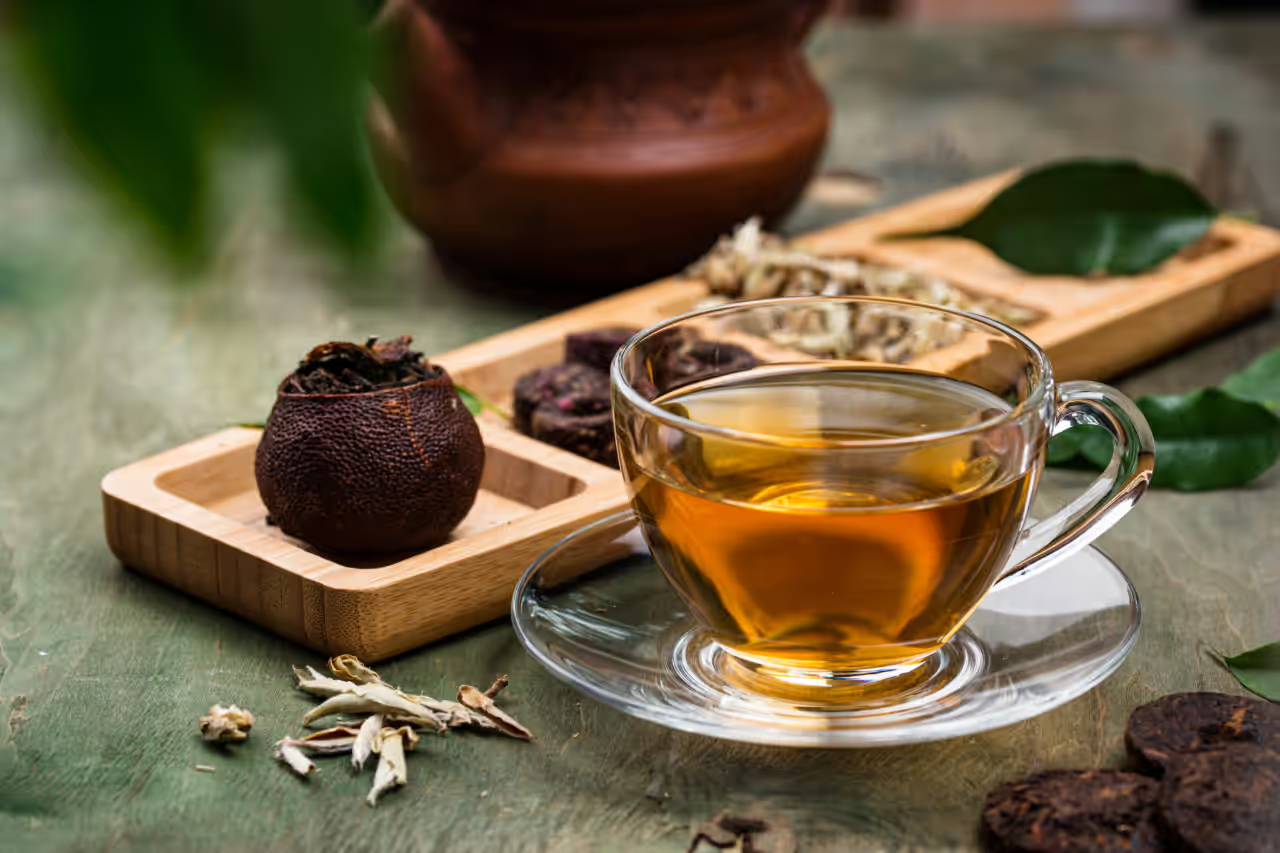Expended tea: Full leaves and leaf bud stems should be effortlessly found and picked out on the soaked invested tea, that has a minimal level of damaged fragments. Twigs and the fruits on the tea plant shouldn't be present in the spent tea leaves; having said that, animal (and human) hair, strings, rice grains and chaff may well sometimes be included in the tea.
Pu-erh, a town located in the Yunnan Province of China, would be the namesake of pu-erh tea, one of the most well-known subset of Chinese heicha (dark tea). Pu-erh processing is a intently guarded top secret. Each tea yard has a singular recipe and prides alone on its own distinct creation. Effectively cared for, pu-erh tea is really alive as enzymes in the tea are allowed to age, greatly improving the tea’s taste after some time. This is attained by introducing a little quantity of moisture at the end of the producing procedure and allowing for the retention of that humidity in the final tea leaf; then getting older the leaf in the controlled environment.
Despite the fact that not concrete and at times depending on choice, there are various typical indicators of excellent:
Investigate the origins of tea and its intriguing background, from ancient China to its global attractiveness nowadays.
At Path Of Cha, we see tea as anything way more than just a drink. Tea is good quality time. Love it all on your own or share it with friends.

By way of example, drinkers cite the evidence of A very wild old tree inside of a menthol effect ("camphor" in tea expert terminology) supposedly brought on by the Camphor laurel trees that grow amongst wild tea trees in Yunnan's tea forests. Also, the presence of thick veins and sawtooth-edged around the leaves in addition to camphor taste features are taken as signifiers of wild tea.[citation necessary]
Pu’er tea is offered in loose leaf form As well as in bricks. It is usually aged right before consumption and it is labeled Using the area and 12 months of origin.
[citation needed] However, youthful raw pu'erh is understood and anticipated to generally be robust and aromatic, nevertheless really bitter and somewhat astringent when brewed, since these features are believed to create far better aged raw pu'erh.
This younger environmentally friendly pu erh replaces our former Historic Inexperienced Pu-erh that is completely offered out. It is made of tightly compressed dim inexperienced organic and natural tea what to expect from cha pu erh tea leaves which were processed working with the standard qing (or sheng) approach, also known as "raw." The leaves for this tea are harvested via the farmers with the Mannong Manmai Ancient Tea Association in China's southwest Yunnan province, exactly where ancient tea trees reside that range between 800 to 1200-yrs-previous with the eldest exceeding 1300-yrs-outdated!

Even so, the environmental situations for taste grow to be exceptional in the course of the middle on the spring year, Which is the reason most of the leaf harvest takes place through this time.
"Ripened" Shu Cha (熟茶) tea is pressed maocha which has been specifically processed to mimic aged "Uncooked" Sheng Cha tea. Although it is usually recognized in English as cooked pu'er, the procedure would not truly utilize cooking to imitate the getting older process.
This tea has it. There is one area in there that I can not think of yet another way to describe. It is the way that these flavors arrive together combined with the expertise that the leaves are harvested from ancient trees on the terroir that comes by On this tea that is a enjoyment to sip each and when.
The Menghai and Kunming Tea Factories developed the next, much more business method of processing pu’er from the early 1970s. It’s often called “ripened” or purposefully fermented pu’er since it accelerates the getting old and fermenting method (three).
On the flip side, the ripe wide range is caffeinated which has a nutty, earthy taste and full-bodied texture. Additionally, it features a frivolously sweet aftertaste with hints of plum or sugarcane. The Origins of Pu-erh Tea